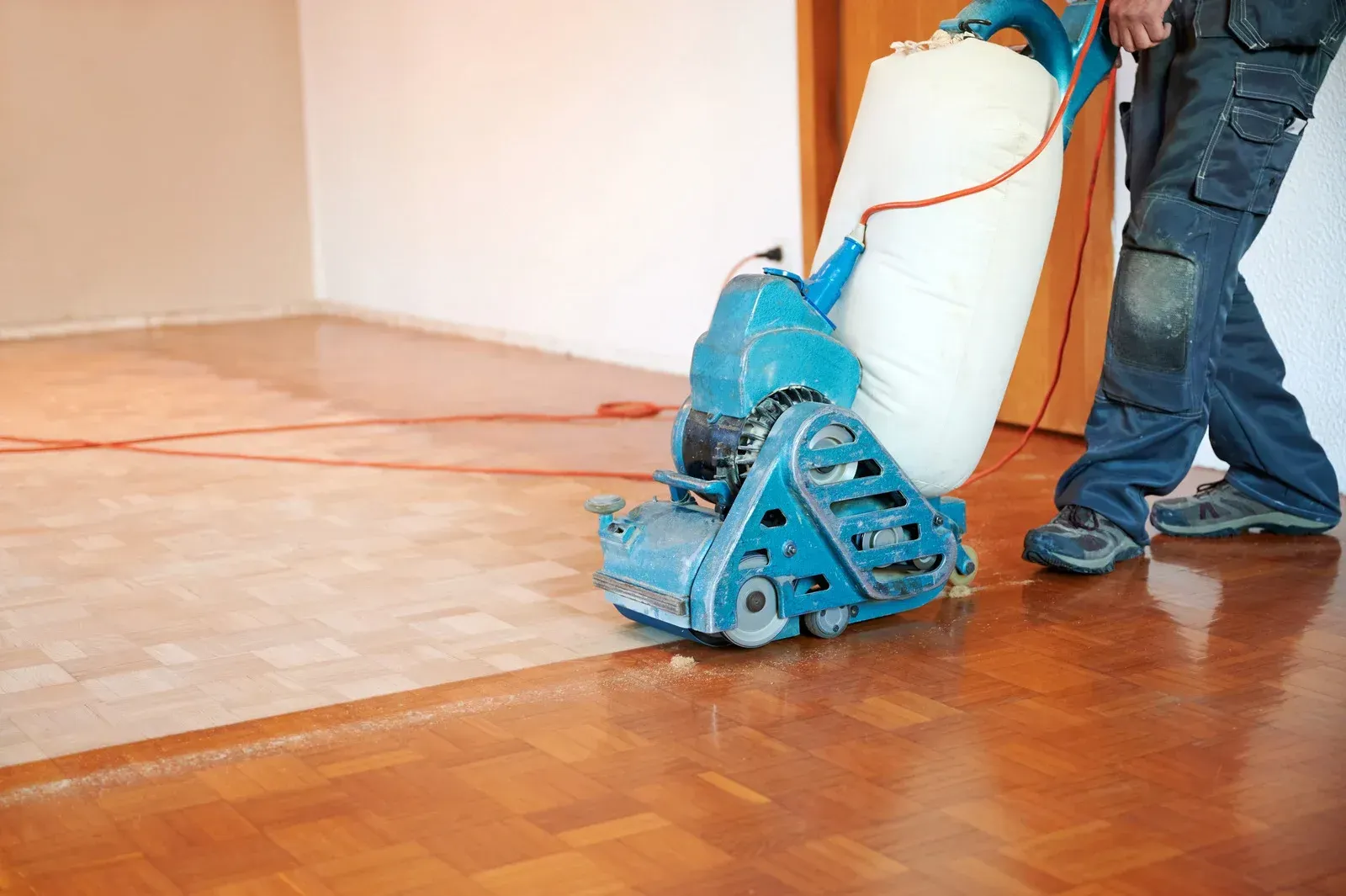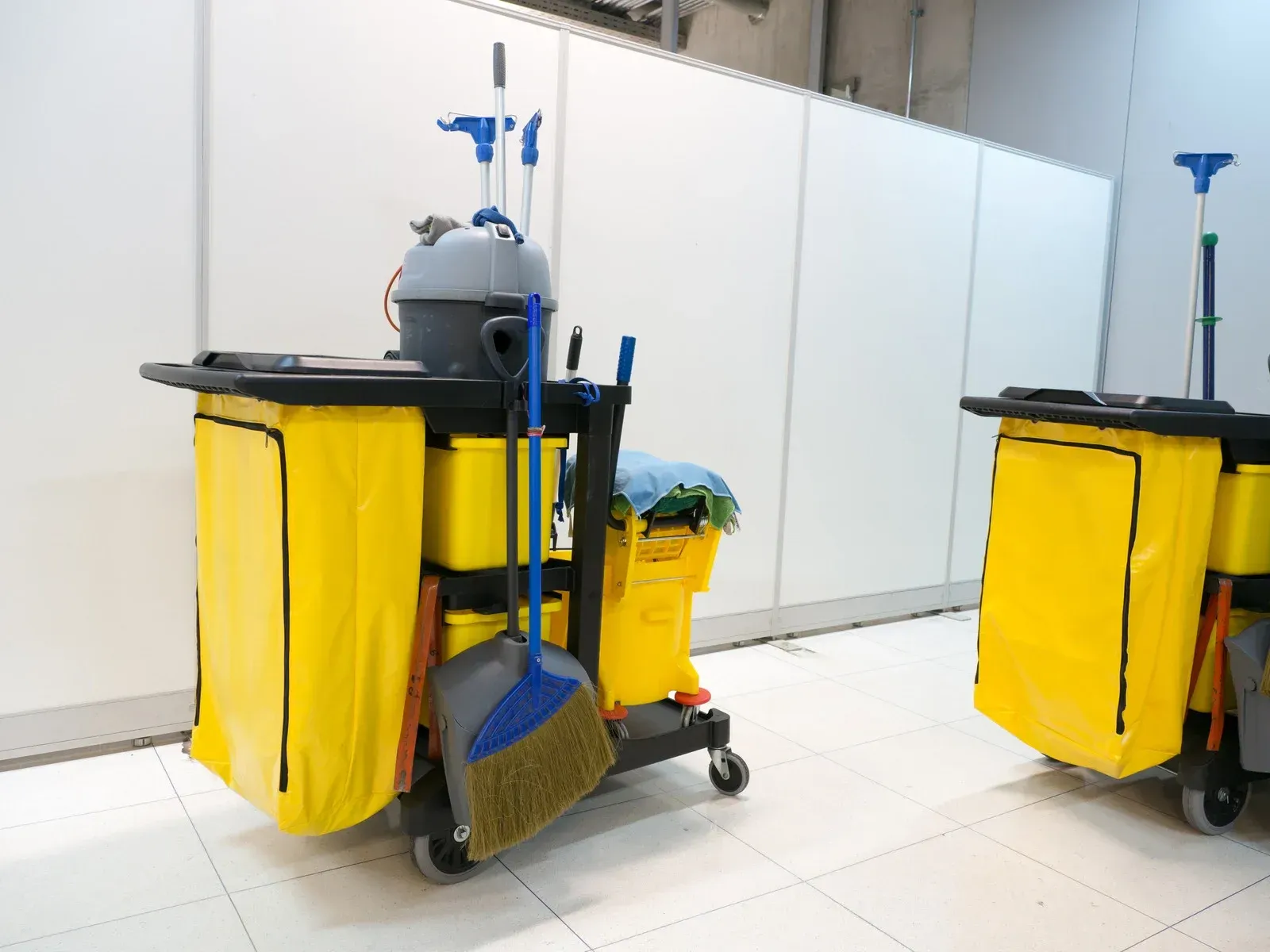Deep vs Regular Carpet Cleaning: How Often Should You Clean Commercial Carpets?
Maintaining clean carpets in a commercial space is essential not only for aesthetics but also for health and hygiene. Over time, carpets accumulate dirt, dust, allergens, and bacteria, which can impact indoor air quality, employee well-being, and the overall impression your business creates on clients and visitors. However, carpet cleaning is not a one-size-fits-all solution. Understanding the difference between regular cleaning and deep cleaning—and determining how often each is needed—ensures that your carpets stay clean, fresh, and long-lasting.
Regular Carpet Cleaning: Day-to-Day Maintenance
egular carpet cleaning primarily involves vacuuming, spot treatments, and surface-level maintenance to remove loose dirt and debris. This process keeps carpets looking neat, minimizes dust accumulation, and helps maintain a safe and healthy workplace.
For high-traffic areas in commercial facilities, carpets should ideally be vacuumed daily or several times a week. Moderate-traffic areas can follow a weekly cleaning schedule. Consistent regular cleaning prevents dirt from embedding deep into carpet fibers, reduces wear and tear, and extends the life of your flooring.
Deep Carpet Cleaning: Comprehensive Restoration
Deep cleaning, also referred to as hot water extraction or steam cleaning, targets dirt, bacteria, and stains that regular cleaning cannot reach. This method penetrates deep into the carpet fibers, removing embedded grime, allergens, and odors. Deep cleaning not only restores the appearance of carpets but also improves hygiene and indoor air quality.
The frequency of deep cleaning depends on factors such as foot traffic, the type of business, and carpet material. On average, commercial spaces benefit from deep cleaning two to four times per year, while high-traffic zones such as entrances, hallways, and reception areas may require quarterly service. Businesses in industries with higher cleanliness standards—such as healthcare, hospitality, or food services—often need more frequent deep cleaning.
Identify High-Traffic Zones and Monitor Condition
Not all areas of a commercial property experience the same level of foot traffic. Identifying high-traffic zones allows you to prioritize cleaning efforts efficiently. Additionally, regularly inspecting carpets for spills, stains, or worn patches enables you to address problems early, preventing long-term damage and ensuring a professional appearance. Prompt attention to stains reduces fiber wear and maintains the carpet’s durability.
Plan Cleaning During Off-Hours
Carpet cleaning, especially deep cleaning, often requires temporary restricted access to certain areas. Scheduling cleaning during evenings, weekends, or off-peak hours minimizes disruption to employees, clients, and business operations. Clear communication regarding cleaning schedules also ensures safety and efficiency during the process.
Conclusion
Effective carpet care in commercial spaces relies on a combination of regular maintenance and periodic deep cleaning. Routine vacuuming and spot cleaning keep carpets looking tidy, while deep cleaning restores their hygiene, appearance, and fiber integrity. For dependable and
professional carpet cleaning services, NVM Facility Services
in Coon Rapids, Minnesota, offers expert solutions designed to maintain a clean, healthy, and welcoming environment for your employees and visitors. With the right cleaning schedule, your commercial carpets will not only look great but will also last longer, reflecting the professionalism and care your business represents.




